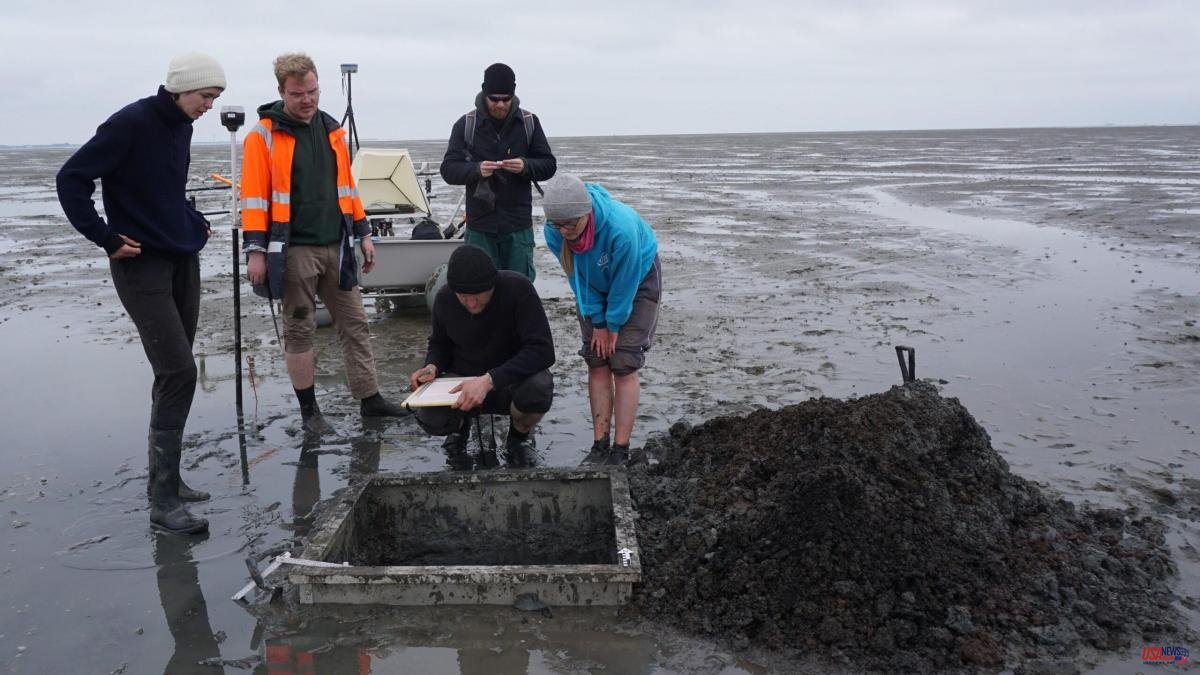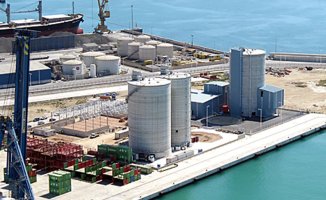The Wadden Sea, the world's largest uninterrupted system of shoals and shoals, washes the coasts of the northern Netherlands, western Germany and southwestern Denmark, forming the largest tidal flat on the planet. Declared a UNESCO biosphere reserve, it has an area of about 10,000 square kilometers.
The place is shallow even at high tide. But it is when, during the ebb of the waters, that its great sandy plains are revealed, through which you can walk for hours, walking from the continental shelf to some nearby islands such as the Frisians. Quite a tourist attraction in recent decades.
Almost 700 years ago, specifically in 1362, a storm surge – a coastal flood normally associated with a tropical cyclone – drowned the region. Including the commercial enclave of Rungholt, a town that for years was thought to be nothing more than a myth.
Archaeologists have tried to reconstruct the existence of this villa based on some more or less concrete clues. It is known that a cartographer named Johannes Meyer made a map in 1636 that featured Rungholt. But he took another map from 1240 as a reference.
There is also an agreement from 1361 between merchants from Rungholt and Hamburg which is kept in the state archive of the Hanseatic port. But it was not until the beginning of the 20th century when some objects supposedly from that community were rescued.
Now, researchers from the Universities of Kiel and Mainz have finally managed to locate the site where the church of this lost municipality stood. "The remains hidden under the mudflats have been located and mapped using geophysical methods such as magnetic gradiometry, electromagnetic induction and seismic," explains Dr. Dennis Wilken, a geophysicist at the University of Kiel.
"We selectively take sediment cores, which gives us unique information about the life of North Frisian settlers and enables us to bring to light new significant finds from the tidal flats," adds Dr. Hanna Hadler.
A geophysical survey conducted in May 2023 near Hallig Südfall recorded a previously unknown two-kilometre-long chain of medieval-era artificial mounds (terps). One of these terps shows structures that can undoubtedly be interpreted as the foundations of a 40 meter long x 15 meter high church.
The first surveys and excavations have provided initial information on the structure and foundations of the sacred building. "The find joins the ranks of the great churches of North Frisia," Bente archaeologist Sven Majchczack said in a statement. Due to its size, experts believe that the temple is a "parish with a higher function."
So far, discoveries in the investigated area, which covers more than ten square kilometers, include 54 terps, systematic drainage systems, a seawall with a harbor, and two smaller church sites. "The area should be considered as one of the main sites of the medieval district of Edomsharde," they explain.
"Around Hallig Südfall and in other marshes, the remains of medieval settlements are already heavily eroded and often only detectable as negative traces. This is also very evident around the location of the church, so we urgently need to step up research at this site before it is destroyed," Hadler concludes.













